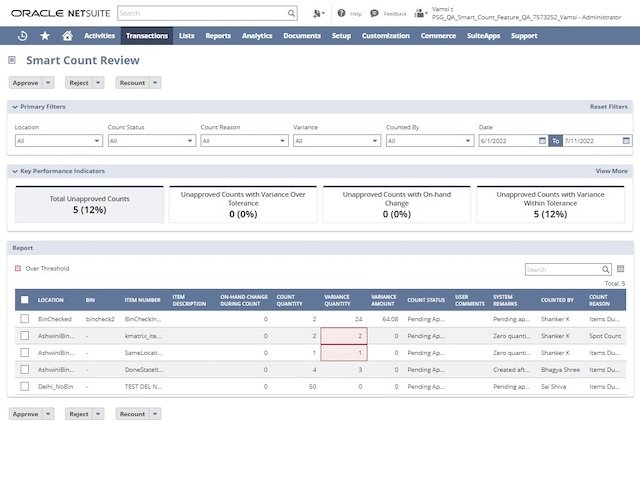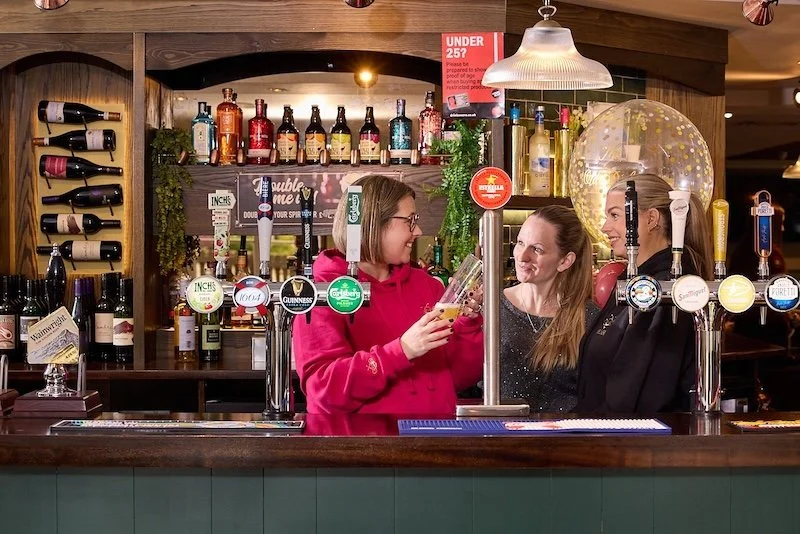BrightBridge comment: The latest, always-on technology is key to survival in a fast-paced arena
Just as the retail sector doesn’t stand still, neither does technology, and evolution of the two are intimately linked.
From supply chain management and creating better customer journeys, through to optimisation of warehouse operations, few retail businesses will survive in this fast-paced arena without the right tech. This means always-on, always up-to-date and always innovating.
The multitude of pressures on supply chains in recent times have eased somewhat, but other factors such as growing inflation are starting to impact the sector. At a time of potential sales contraction, conserving resource and creating efficiencies is all the more important, and some of the latest features within Enterprise Resource Planning (ERP) solutions are helping retailers achieve just that.
The leading true-cloud ERPs offer new features, functionality and security in multiple updates a year meaning business leaders can be confident of continually driving productivity, building on streamlining processes and be focused on meeting customer needs.
Buyer beware of some ‘cloud’ ERP solutions that actually require internal server resource and then solution partner involvement (and an upgrade fee!) to be on the latest version.
Boosting supply chain efficiency
With vital tasks such as picking, packing and shipping being central to warehouse and distribution operations – and an area where productivity is key to efficiency – this is where having an automatically updated ERP solution will help.
When it comes to picking orders with multi-level kit items, rather than have one person locating multiple items from different warehouse locations to create the kit, the latest warehouse management system features automate the information to go to other workers in different zones. A collaborative approach to assembling the kit can be taken, driving productivity and reducing resource costs.
With packing and shipping, the most modern solutions can automatically identify multiple orders going to one customer. This enables savings to be made through the consolidation of shipments that result in lower shipping costs.
While this is an automated process, fulfilment staff can have shipping input and choose a carrier according to delivery date or location, for further efficiency. Further input and tailoring of fulfilment packing can be achieved in role-based dashboards for warehouse operatives and managers, designed for them to execute order status tracking and view pending shipments.
Along with ensuring the right levels of inventory to serve demand – without overstocking, and knowing inventory location and replenishment requirements – inventory counting is one of the biggest pain points of operations.
The emergence of automated inventory counts – such as Oracle NetSuite’s Smart Count – negates this issue, providing a real-time count without having to freeze transactions for that location. In most cases, this technology can be deployed on mobile devices so that counts can be done anywhere in the warehouse and at any time.
Organisations using this kind of technology can create a real competitive edge by keeping inventory levels at their optimum at a time when economic factors mean demand is harder to predict.
Understanding customers with AI
Customers are expectant of a seamless and personalised buying journey and with the Customer Relationship Management (CRM) technology available to aid this, there’s no excuse not to indulge – particularly in a competitive landscape. This journey should remain consistent even as they move between channels and modes of communication.
This is where the advances in Artificial Intelligence (AI) and machine learning within ERP technology are making a huge impact, helping retail organisations understand their customer better. Behavioural data, order history and transaction correlations can discover complementary item combinations and make personalised recommendations.
While this functionality may have previously been only achievable based on a bigger pool of transaction and purchase data, the latest solution algorithm updates now make it possible regardless of the size of account.
Having this information available on smaller accounts earlier in the sales funnel means upselling and cross-selling opportunities are greatly enhanced. Features such as ‘buy again’ or ‘alternative items’ are examples of this, with recommendations based on purchasing cycles.
For wholesale retail businesses, automating processes like customer requirement information capture and configuring it according to rules set by the operator means more accurate prices and final quotes are generated. This increases efficiencies in the sales process, speeding it up and driving revenue growth.
Adoption of technology in retail organisations is becoming the norm, but choosing a cloud solution that is automatically updated with new features and functionality more than once a year is the smart choice. Not only does a system like NetSuite offer anytime, anywhere access, and a real-time view of the business, but it is built to scale and facilitates agility.
Only with the power of technology can retail organisations really evolve in line with the climate, and uncover opportunities that will allow them to survive, thrive and grow.
About the author
Ian Robertson is the Sales and Marketing Director at BrightBridge, a UK-based technology consultancy offering Oracle NetSuite and Microsoft Dynamics 365 solutions with retail clients including The Conran Shop, Rixo and Mitchell & Ness.
He has over 30 years of experience in ERP and CRM implementations. Prior to forming BrightBridge, he worked for a major US IT corporation, where he acquired a depth of knowledge around time saving efficiencies through technological integration and automation.

















Continue reading…